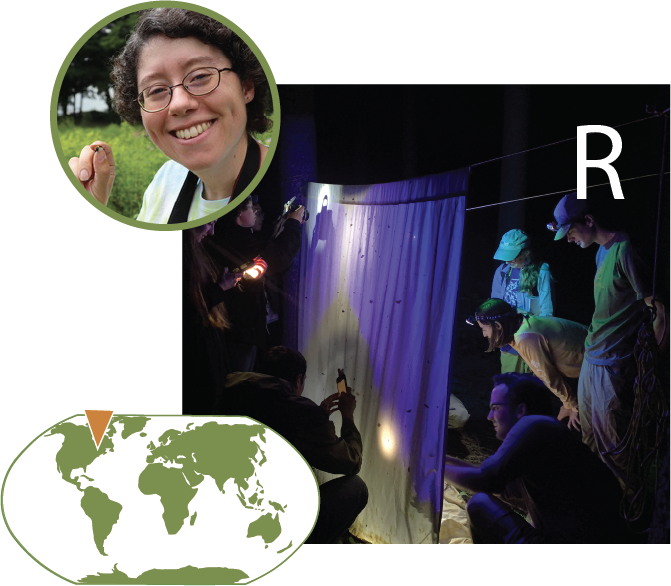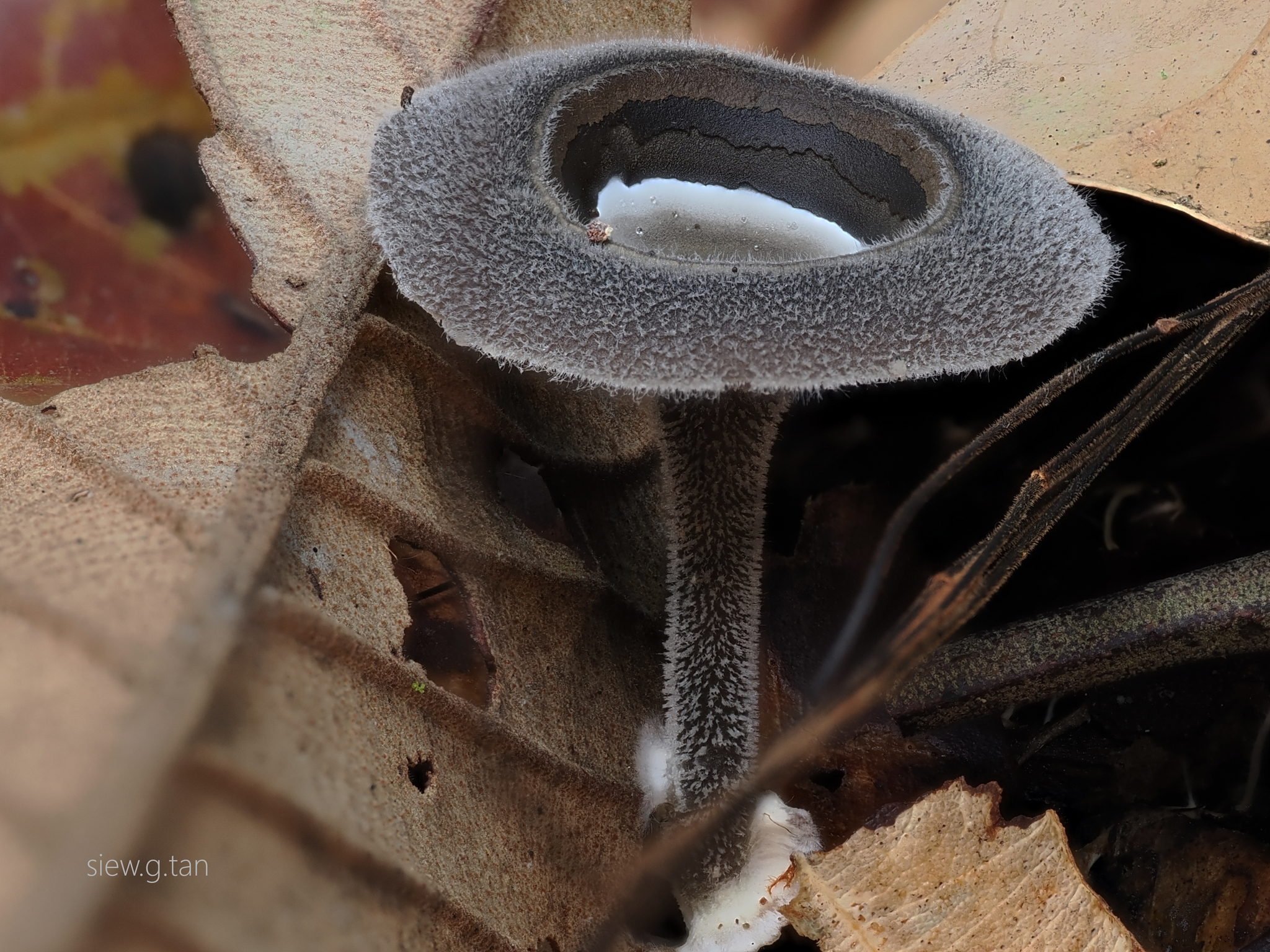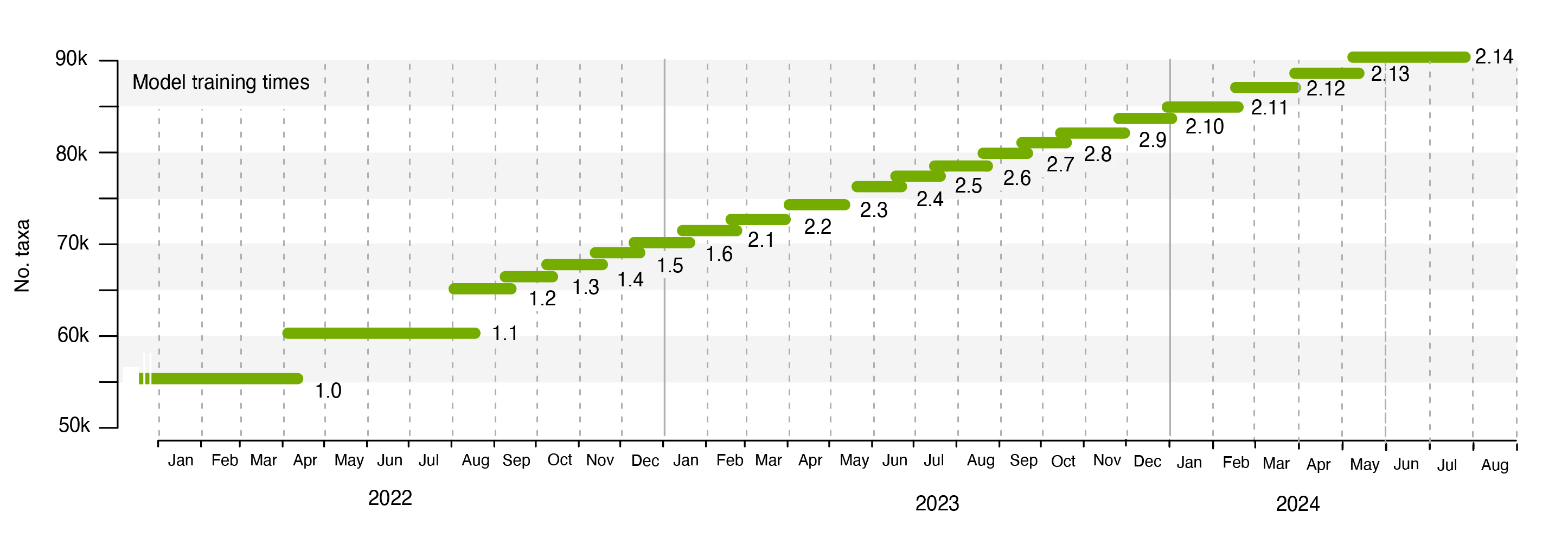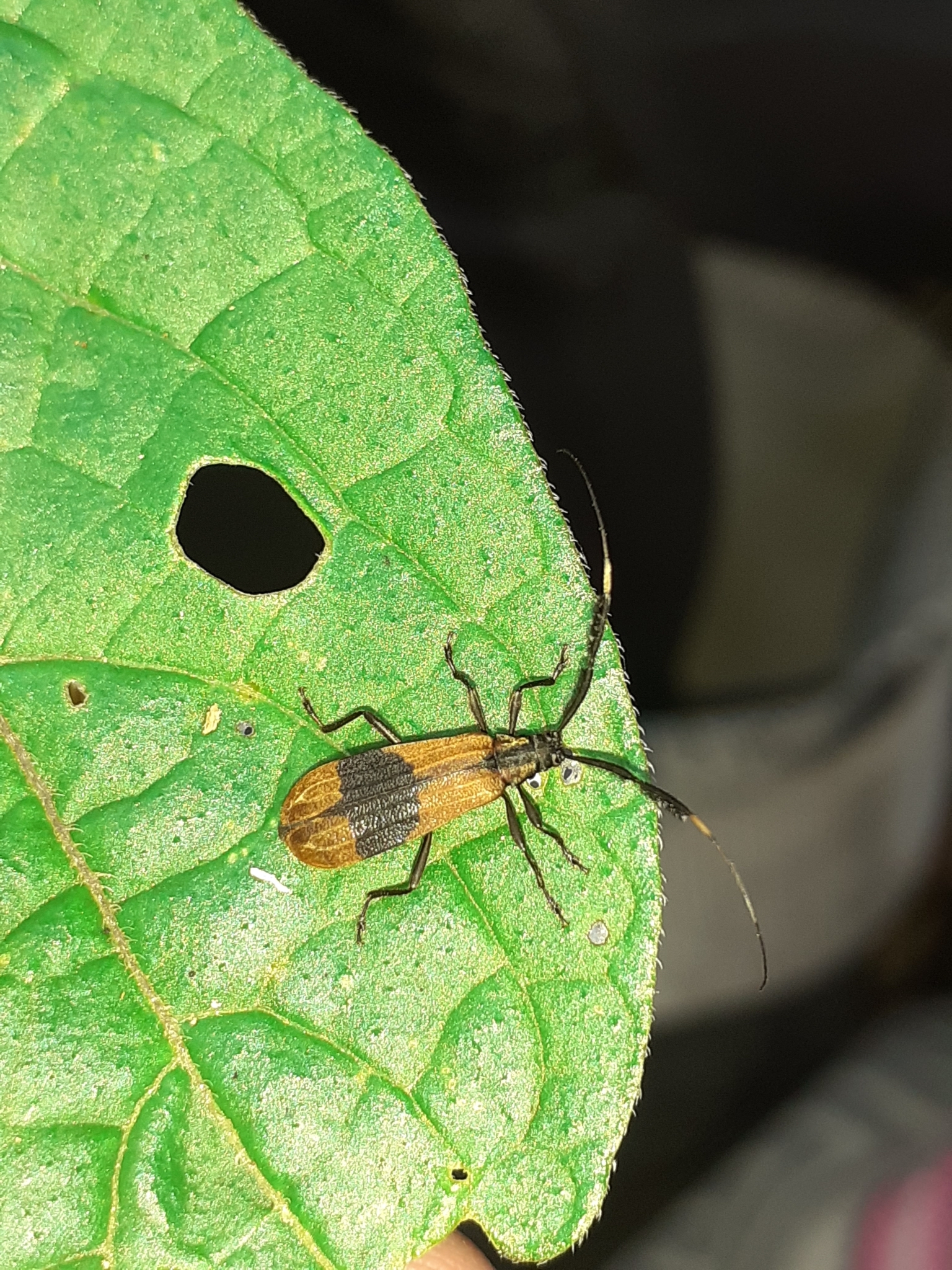
This is the twenty-fifth entry in an ongoing monthly (or kind of monthly!) series profiling the amazing identifiers of iNaturalist.
When it comes to the word “sphagnum,” I suspect my first encounter with it came the same way most other people initially saw it: marketed as something you can use to retain moisture for potted plants. The genus Sphagnum, however, consists of well over 300 known species of moss, and many of them are vital to ecosystems like peat bogs. They’re also quite beautiful.
Paul Lamkowski, who’s identified nearly 8,000 Sphagnum observations on iNaturalist, first remembers when he was bitten by the bryophyte bug.
It was while on an unplanned visit to a small peatland near my home city. Looking back on it now, this mire was small and in bad shape, but back then I was fascinated to stand on a carpet of wine-red Sphagnum divinum among grey-yellow autumn grasses, under a grey sky. This moment stuck with me because I was surprised how much colour these little mosses can provide to any landscape. With this initial start, I happily accepted the task to genotype Sphagnum for a research project at Greifswald University, which then became the subject of my master thesis.
Now a PhD student at the University of Greifswald, Paul continues to study this group and he’s focusing on population genetics and evolution ecology. His goal is to see the approximately 350 species of Sphagnales worldwide, as well as collect and culture them.
While he doesn’t remember exactly how he came across iNaturalist, Paul tells me it’s become “a great tool for ‘remote studying’ this group…
I like to train myself [by identifying on iNaturalist]. Seeing certain taxa repeatedly helps my memory. It is the same benefit I gain by observing exotic species not only once in my life but on a weekly basis at the world's biggest community for this group, the Sphagnum Diversity Centre Uelzen, which I founded back in 2019. In both cases I see species under different environmental conditions, in different seasons and in different regional forms.
Most descriptions of Sphagnales are from well-known areas and there is no doubt that many species are yet to be discovered. Even in Europe the last decades shew new species such Sphagnum skyense from the British Isles or Sphagnum beothuk from eastern North America and western Europe. Who knows what is hiding in the remote islands of southern Andes, the high mountains of central Africa or the extreme Arctic and Antarctic? The good thing is, that we do not know the world as well as we like to believe, and this keeps me going forward and things exciting. Even the “clean up” is exciting, when relocating a taxon, which has been collected 30, 40 or 50 years ago once in history. Generally said, it is treasure hunting.
Whenever I see something strange or unexpected, I mark the observation on iNaturalist. Often I ask for more information because I intend to visit such sites in the future - if possible. I now have a huge to-do list for all continents. I also enjoy the feeling of getting to know people all over the world, often bound by a passion for bryophytes. Meeting them after years of seeing them online always makes me happy.

Like most (all?) mosses, identification of Sphagnums to the species level, without shots taken with a microscope, is very difficult. “[On iNaturalist], it’s often that only macroscopic photos are provided, leading to identifications only to subgenus level. But even with good microscopic photos, the variability of Sphagnum often is too high to be sure about its identity.”
However, that doesn’t mean macroscopic photos are useless, and Paul says the lack of macroscopic photos in existing literature can make it difficult to find some species in the field.
I remember well when I first tried to find Sphagnum obtusum. I visited sites 800 km from where I was living, took many samples where I thought “this looks like it”. They all turned out to be interesting, but not the Sphagnum obtusum I’d been looking for. Why was that?
There were only a few macroscopic photos of this species in books and the internet and thus my eye had no clue what to look for in the field. After this trip in late autumn I wrote to a Finnish colleague during the Christmas holidays, asked them to send me photos of Sphagnum obtusum, and I was shocked when I received them: had I not collected exactly that kind of moss in Central Germany and put it into culture as “the biggest Sphagnum fallax I have ever seen”? I ran out into the snow, compared the sample and the given photo, and one of Germany’s leading bryologists confirmed its ID as Sphagnum obtusum. I now had it literally in my hand as well as a usable understanding of what it looked like. From that day on, knowing it in the field and knowing the right staining for the microscopic identification, I found the species, which was by the way thought to be close to extinction in northwest Germany, in many and often large populations.
As you can see, it’s often necessary to have microscopic photos to confirm Sphagnum species, but nobody has the time to check and find the one rare specimen out of a thousand samples. For this, macroscopic photos are necessary, and I take those on my research trips around the world. When my PhD is finished, I plan to start working on a book to make these beautiful mosses more accessible to everybody.
(Some quotes have been lightly edited for clarity.)
Found some Sphagnum and want to take photos that will give you a good chance for identification? Here’s Paul’s advice:
- first of all, document the habitat, too. In a morphologically variable group as Sphagnum, it is important to know where the plants are growing. Attached to a cliff, on damp forest ground or in a hollow full of water? With such information some general trends in morphology can be evaluated differently.
- try to make close-ups of the capitulum (which looks like a flowering alpine edelweiss), the branches, and the so-called stem leaves. Sphagnum mostly displays a very peculiar leaf dimorphism, thus the leaves on the central stem are often uniquely shaped and an important trait. The stem is easily found removing the capitulum and branches from the centre column.
- finally, a nice group portrait of the moss is needed to get an overview. Often nearby plants or other mosses are usable for size comparison. I personally use a forensic scale on all my photos.
- if possible, the location should be public because many similar species have different ranges. Not knowing the location leads to a lot of uncertainty in such a species-rich group.
- if you’re able to take microscopic photos that’s great, but let us be honest: who cares about this when the dark red cushion of a Sphagnum warnstorfii is in front of us? After all it is the macroscopic traits which make the Sphagnales so attractive!
- here’s a short video that shows some Sphagnum in situ, as well as a diagram of its structure.
- and another short video, explaining how peat bogs form.









































